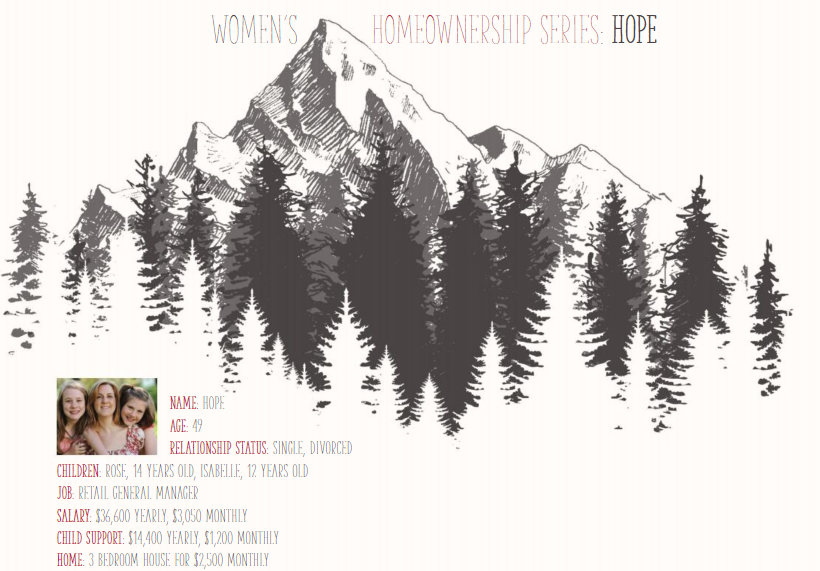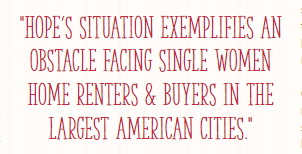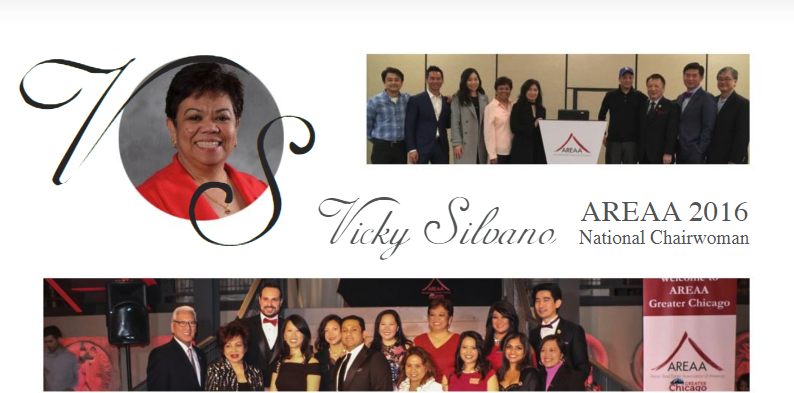Founder & President of Money Strong, LLC, and author of Fed Up: An Insider’s Take on Why The Federal Reserve is Bad for America
Danielle DiMartino Booth
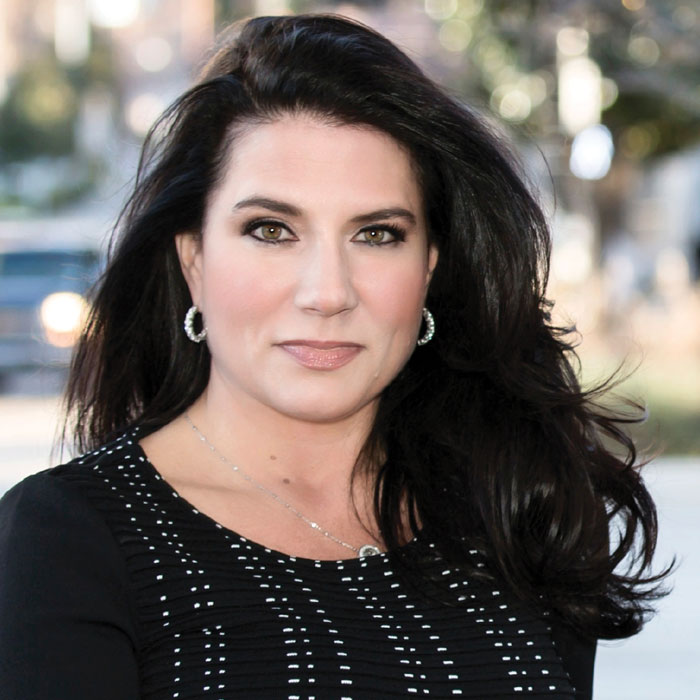
Danielle DiMartino Booth exemplifies the passion and unique perspective powerful women bring to the table. Chronicling life milestones—such as having college dreams pulled out from under her at the last minute and the process of writing her pioneering book on the Federal Reserve—the mother of four shares sage guidance with women and consumers, providing abundant food for thought about the future of our industry and country.
Interview by Desirée Patno
NAWRB: You have attended the University of Texas at San Antonio and at Austin and Columbia University in New York. Which of these educational institutions and/or cities do you hold most dear?
Danielle DiMartino Booth: San Antonio College. I was accepted into the scholar’s program at New York University; I was one of 15 individuals who were admitted to their journalism program who was then admitted to their really elite group of high school seniors in America. We were to go to one different country every year as part of the program; Russia would have been that first year.
They were going to pay for half of my education in New York; this was my life dream come true. As soon as I received my acceptance letter my father informed me that he hadn’t been paying his taxes for several years and that I wasn’t going to any university, my parents were going to be getting a divorce and I might want to consider community college.
It was one of those formative moments in my life and I was forced to go off to community college. I was working probably 80 hours a week at the time, even as a high school senior, to make my way and help my mom. I entered community college as bitter as you can imagine.
I emerged two years later with the ability to start at the University of Texas at San Antonio with a great degree of respect for kids who have nothing and are forced to start in community colleges and keep going. That’s where I started and I kept going.
Continue reading

 Login
Login

















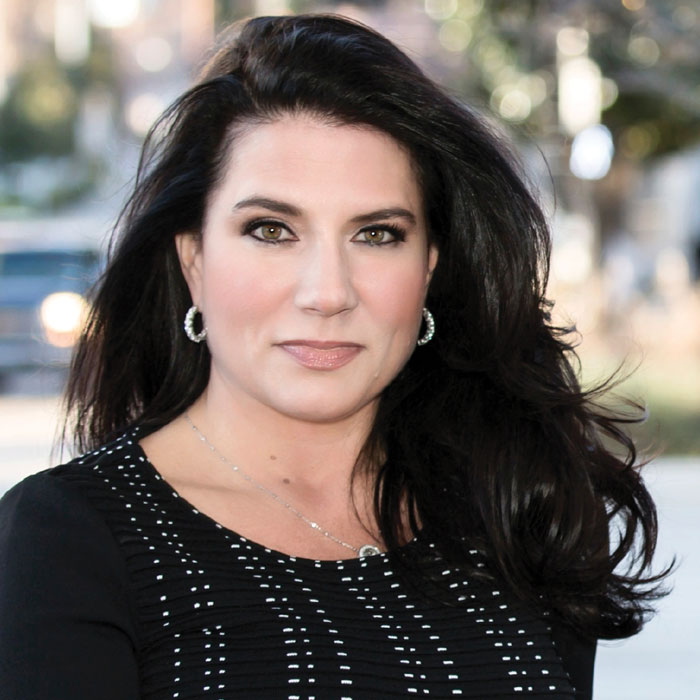


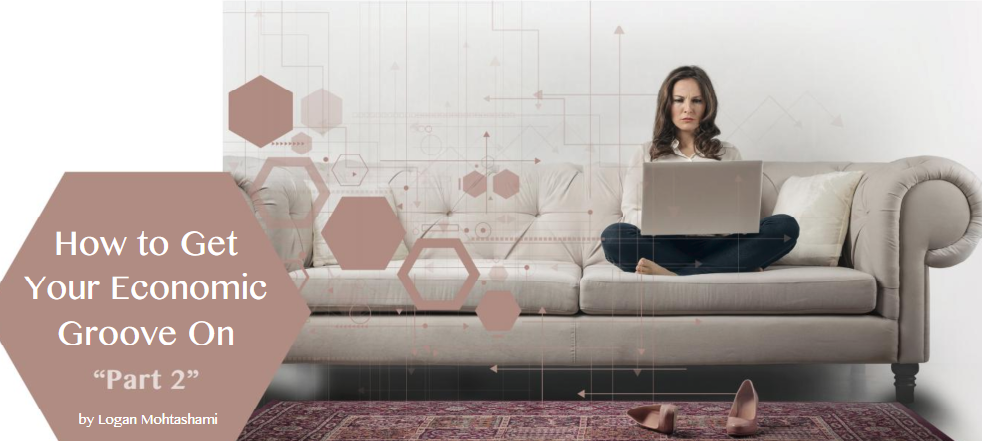
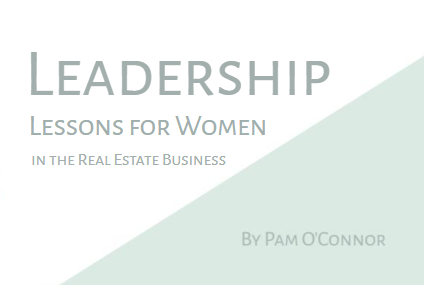
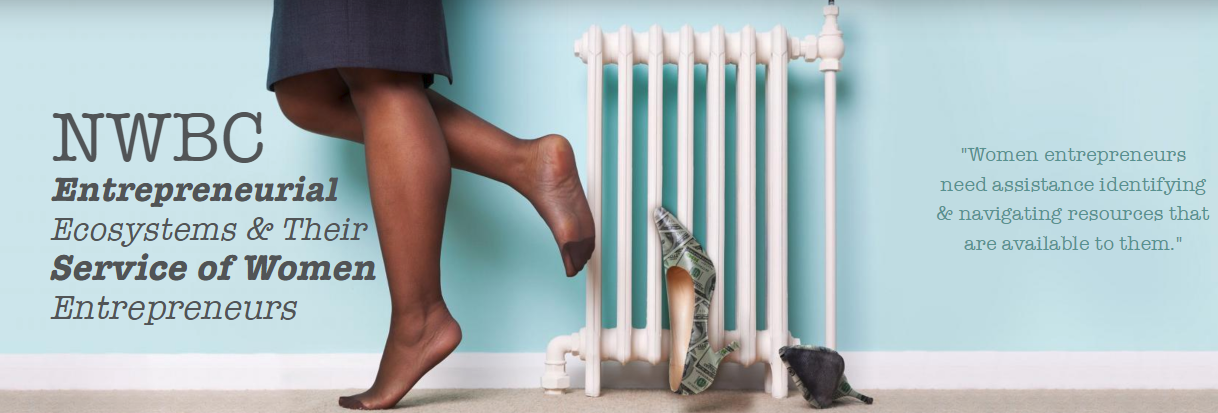
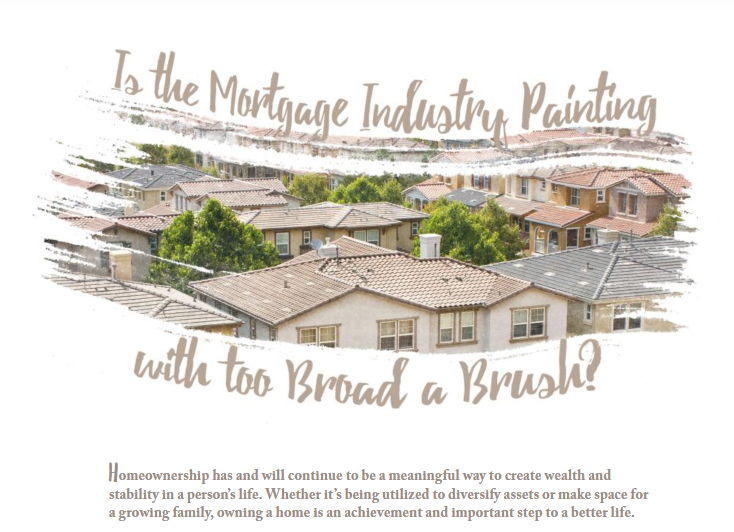
 Women
Women
